Namaqualand Road Trip 2019: Part 1
Day 1 – Durban To Clarens (384km)
The start the journey to Namaqualand began on 12th December 2019 after work on a Thursday afternoon which would be the last working day of 2019 and I couldn’t have been more excited. Much like the last day of the 4th term back in high school knowing you have some sense of freedom and relinquish responsibilities for a couple of weeks. Not to mention it would be my first MAJOR trip in my new vehicle the Suzuki Jimny – now more than ever the no -go zones of Namaqualand would not be off limits.
Leaving Durban at around 16:50pm I heading up through Winterton and Bergville where I drove right though some intense rain. Which bought out frogs and the roads where covered with them, I stopped several times to check species and get photographs.
The first species in this stretch fo road where Guttural Toads, Natal Sand Frogs, Common River Frogs, Tremolo Sand Frogs and as the rain intensified a number of common Platanana’s cross the road but in the intense rain I was not going to stop for them at risk of becoming absolutely drenched.
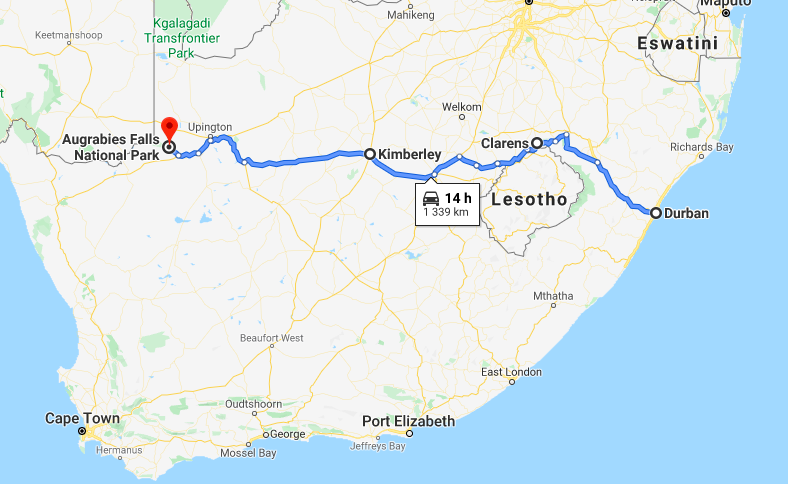
First Leg Of The Trip
Arriving in Golden Gate Highlands Park has always been something I’ve met with trepidation and excitement. This time was no exception there had been some significant rain throughout the park and I found several Common River Frogs, Tremolo Sand Frogs and Raucous Toads.
Arriving at the Clarens Inn where I’ve stayed several times previously as a stop over – great accommodation at really affordable rates. After photographing a few toads around the accommodation I called a relatively early night as tomorrow heading towards Kimberly to collect Andries was due to set out at 4am.
Day 2 – Clarens To Augrabies Falls National Park (960km)
After packing the last few things, which I failed to pack my clothes for the day (which 30mins in the trip I realised) having to turn back was not a great way to get started. Having planned with Andries along the way I arrived in a scorching Kimberly at 9:15am he had only arrived at 9:05am via overnight bus from Cape Town. We reshuffled the car, refuelled he bought a few things for breakfast from checkers and we headed out.
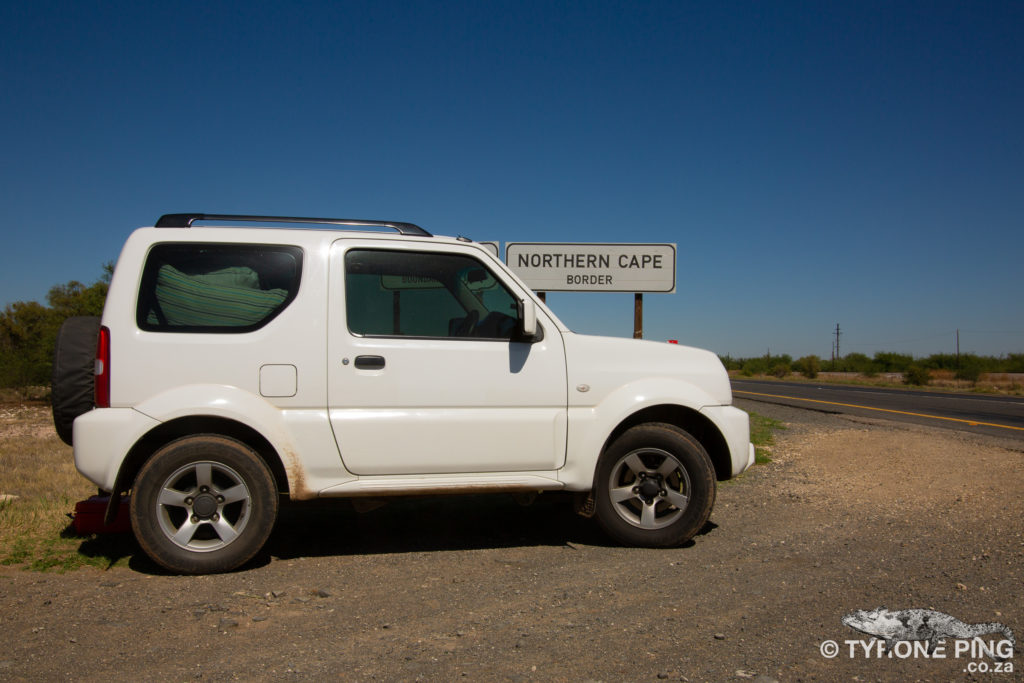
Finally into the Northern Cape – Just outside of Kimberly
We stopped several times along the way scratching around but the intense heat of the Northern Cape reminded me why we didn’t do much of this last year – it is simple too hot. Our last major stop for the next few days to pick up groceries would be Kalahari Mall in Uppington we got what we need and got back into the Jimny for a relatively short 2 and half hour trip to Augrabies Falls National Park.
We arrived at Augrabies at around 15:30pm and proceeded to check in and make our way to our chalet. The ladies at reception had asked if we were camping I casually laughed and said I’ve made that mistake before and never again – read about last years mistake here. Having settled in for a few minutes at most I mentioned to Andries we need to go see the iconic Augrabies Flat Lizards which are extremely common around the falls.
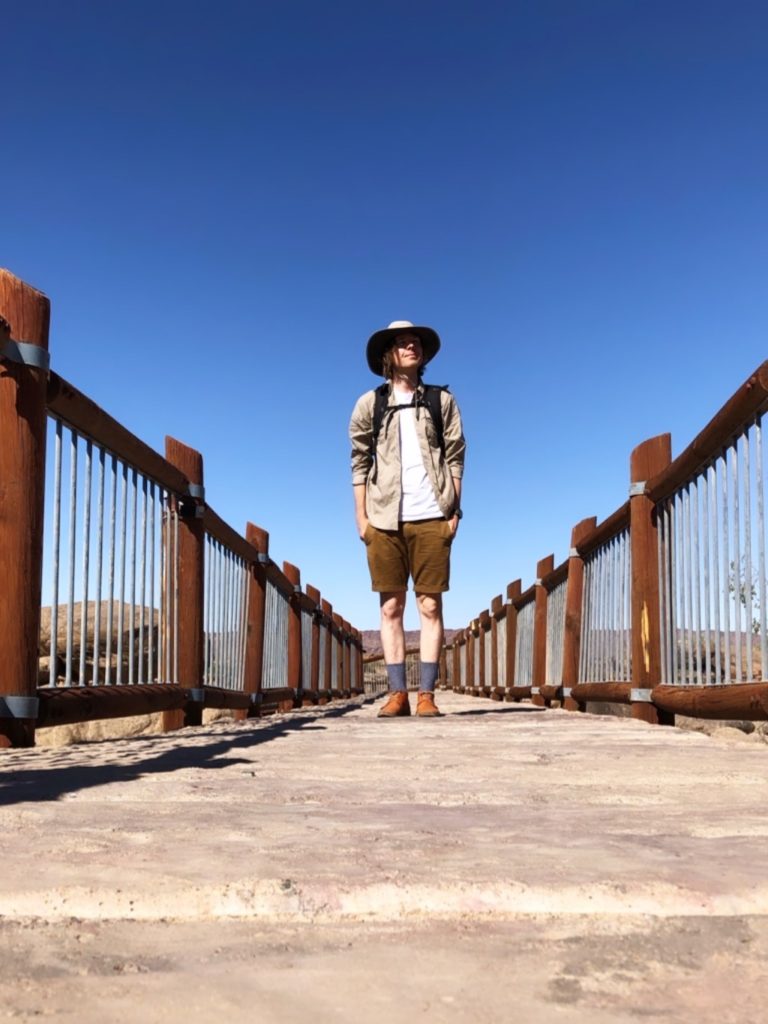
Augrabies 2018
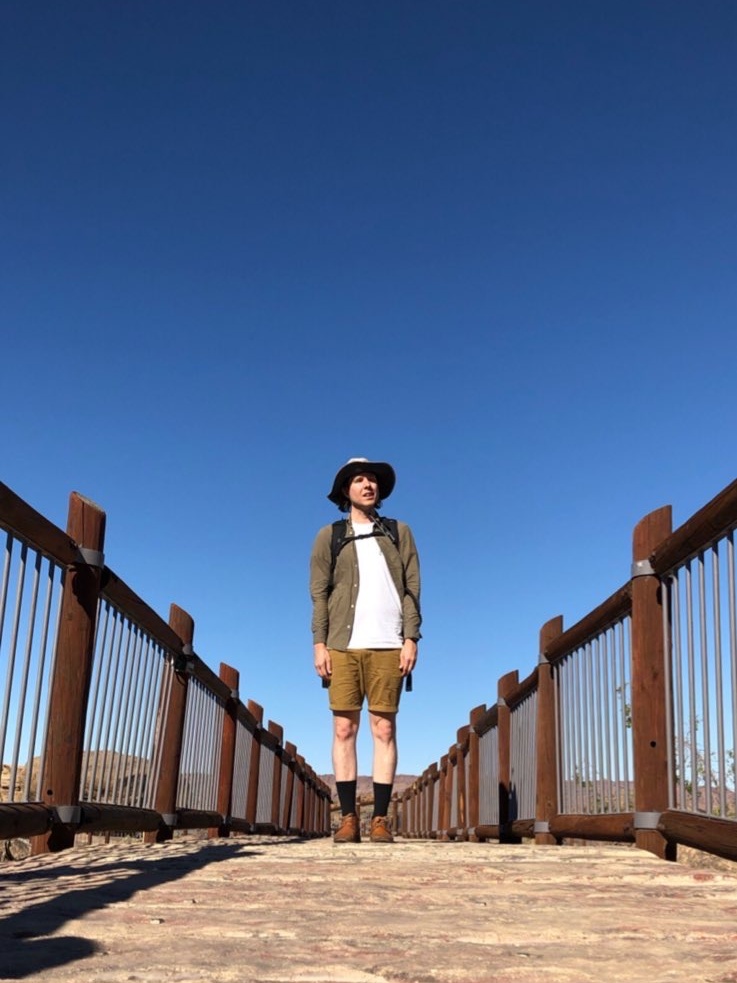
Augrabies 2019
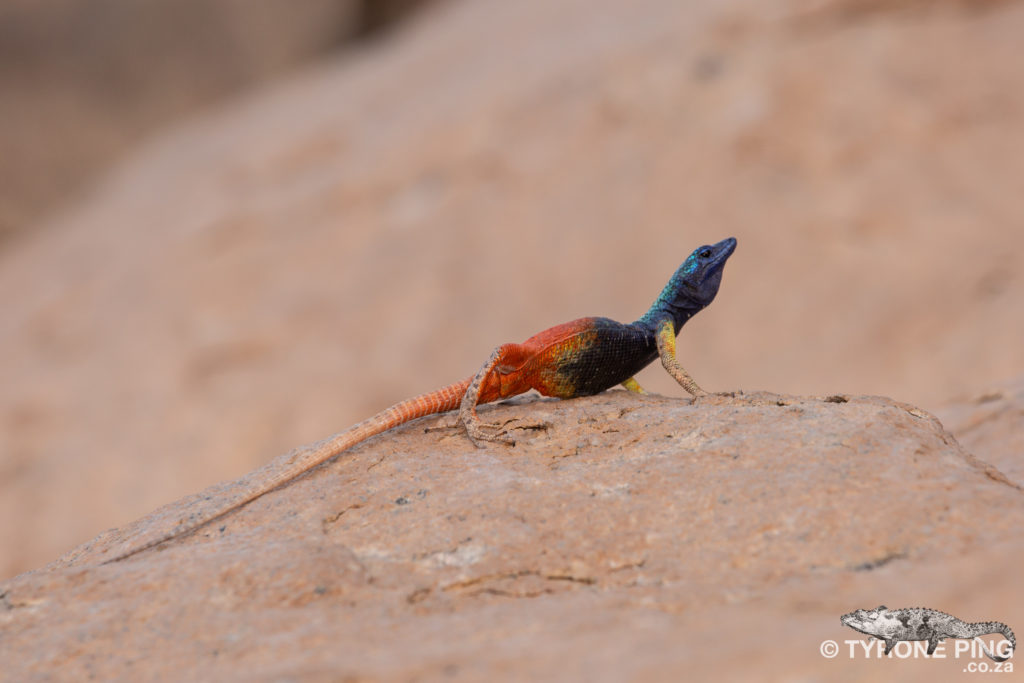
Platysaurus broadleyi
Male Augrabies Flat Lizard displaying to another male . From Augrabies National Park, Northern Cape.
After stalking the Flat Lizards for an hour or two we had to investigate the swimming pool and cool off before heading back to our chalet to make dinner and get a few things together before we headed out for a night cruise.
Before we reached the main gate we found a number of Bibrons Geckos which was Andries main job to get out and grab a few for photos which took a while to get back on track and have a gecko in hand – before they manage to bite!
We drove for around an hour and a half and saw several Common Giant Geckos, Quartz Geckos and more Bibrons Geckos
After returning from the rather uneventful road cruise, we returned to our accommodation and began walking around the camp and the accompanying sandy flats and large rocky outcrops and isolate boulders. We managed to find several more Bibrons Geckos, Haacke’s Gecko, beautiful Augrabies Geckos and a new one for me the Namaqua Mountain Gecko. We managed to get the run around from several Augrabies Geckos before being finally able to get hands on some. After a really successful first day we called it a night in the early hours of the morning.
Day 3 Augrabies Falls National Park
After spending the morning photographing some geckos in their habitat you really get an idea how how rich in gecko diversity Augrabies is, many of these being sympatric. Although these animals will spend the heat of the day in rock cracks and flakes where it is significantly cooler.
We decided to take a drive into the arid regions of the park to put the Jimny to the test, there isn’t a great deal to see when the temperatures are in the high 30’s. Seeing a few antelope and giraffes amongst the impressive geologically features of the region with Quiver trees dotted in-between them.
Returning back to the camp in the late afternoon we made out way down to the falls and photographed a few more Augrabies Flat Lizards the males really have the most brilliant colouration and are some of the most striking lizards in the country. They are terribly difficult to photograph if disturbed and the below photo is as close as I got to getting a wide angle habitat shot before it SHOT off again in its rock crack never to be seen nor heard of again.
After a long hot day of driving and photographing Flat Lizards we sorted out dinner and headed out again for a road cruise, which only turned up the usual suspects of several Common Giant Geckos, Bibrons Geckos and Quartz Geckos.
Walking around the camp and rocky outcrops turned up again more Namaqua Mountain Geckos, Bibrons Geckos, Augrabies Geckos and Haacke’s Geckos. Andries turned up a single Marbled Rubber Frog from the main camp sites swimming pool which he heard calling a welcome site to see amphibians life besides the Common River Frogs which inhabit the shallow pools around the falls.
We had another late night walking an absurd amount of steps along the sandy flats, this marked our last night in Augrabies and we would set off for Springbok and we were both pretty excited about the prospects of a few more snake species to add to our list.
Day 4 – Leaving Augrabies Falls National Park
Having an early start I found a nice looking Kalahari Tree Skink alongside our unit basking on a tree trunk not from away I managed to find a Variegated Skink moving amongst the leaf litter.
Species List At The End of Part 1:
Amietia delalandii – Common River Frog
Chondrodactylus bibronii – Bibrons gecko
Chondrodactylus angulifer angulifer – Common Giant Gecko
Kassina senegalensis – Bubbling Kassina
Pachydactylus atorquatus – Augrabies gecko
Pachydactylus haackei – Haacks gecko
Pachydactylus latirostris – Quarts gecko
Pachydactylus montanus – Namaqua Mountain Gecko
Phrynomantis annectens – Marbled rubber frog
Platysaurus broadleyi – Augrabies flat lizard
Sclerophrys poweri – Western olive toad
Tomopterna cryptotis – Tremolo Sand Frog
Tomopterna natalensis – Natal Sand Frog
Trachylepis spilogaster- Kalahari tree skink
Trachylepis sulcata sulcata – Western rock skink
Trachylepis variegata – Variegated Skink
Xenopus laevis – Common platanna We handed in our keys and leaving Augrabies Falls National Park at 10am and make the 330km drive into the heart of Namaqualand and spend a few days in Springbok which we will explore in Part 2.
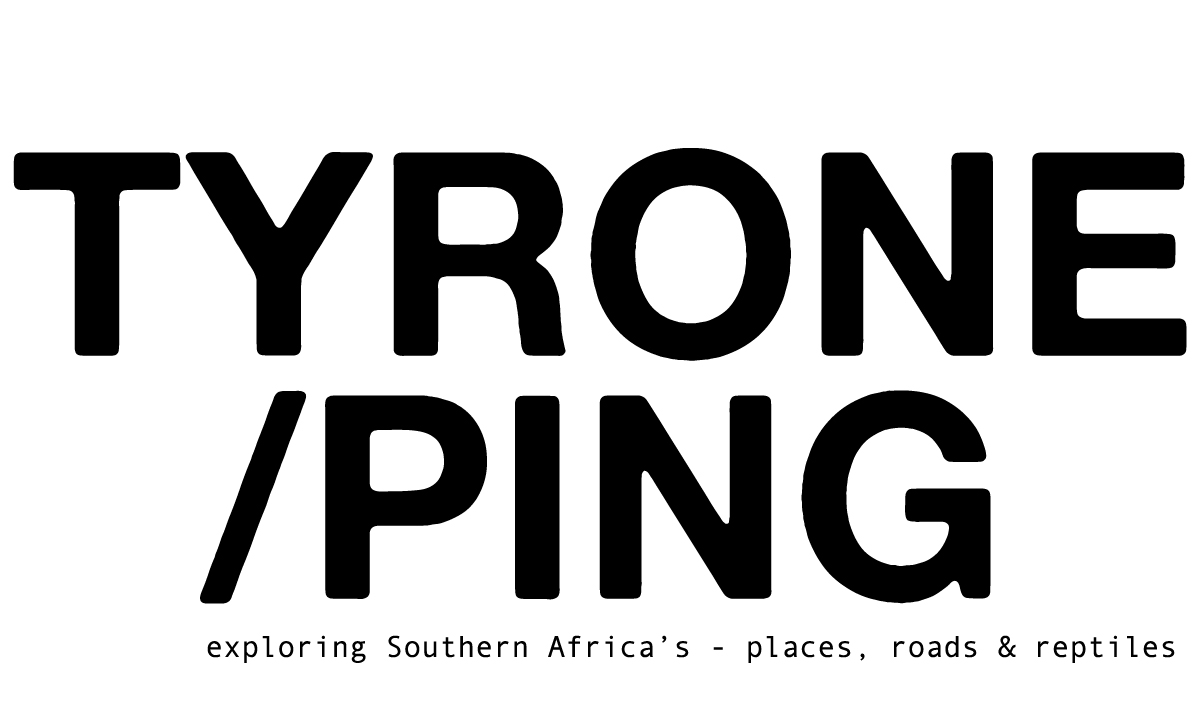

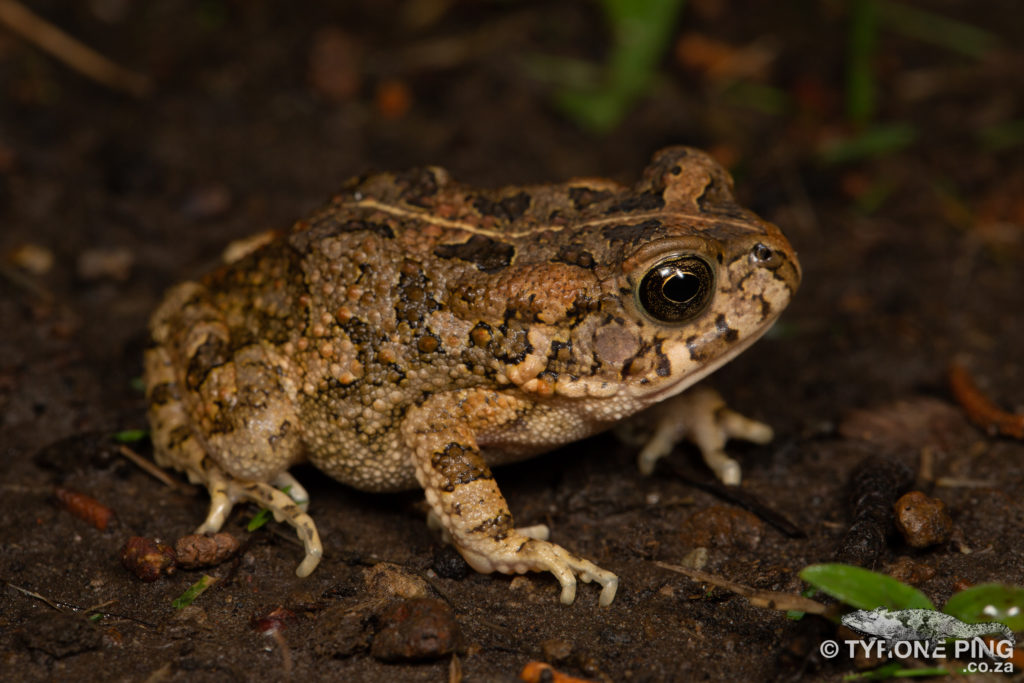
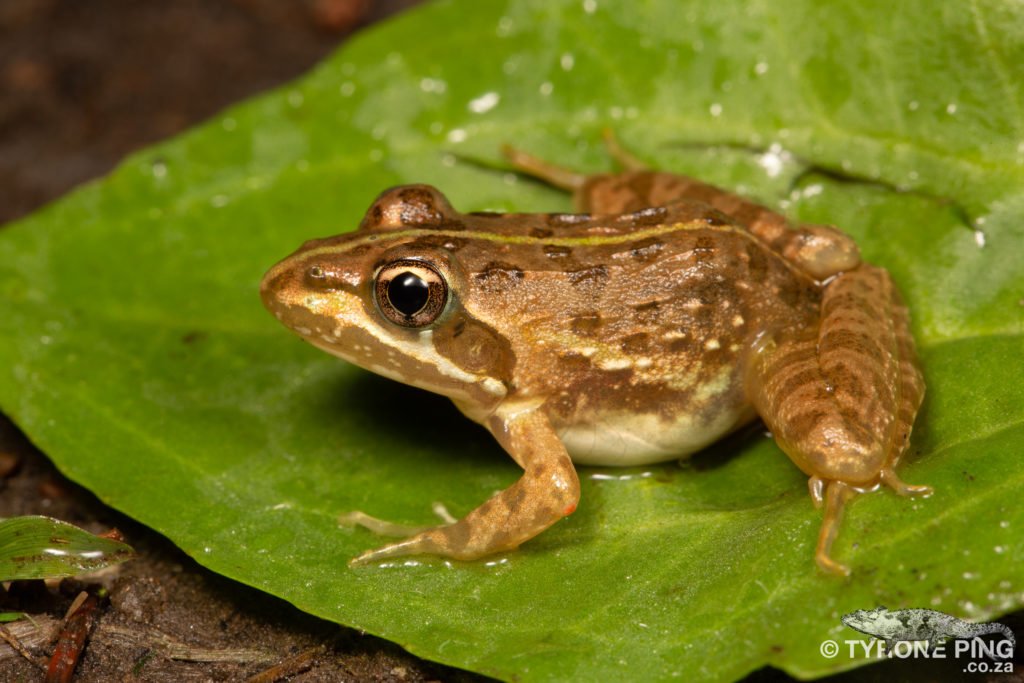
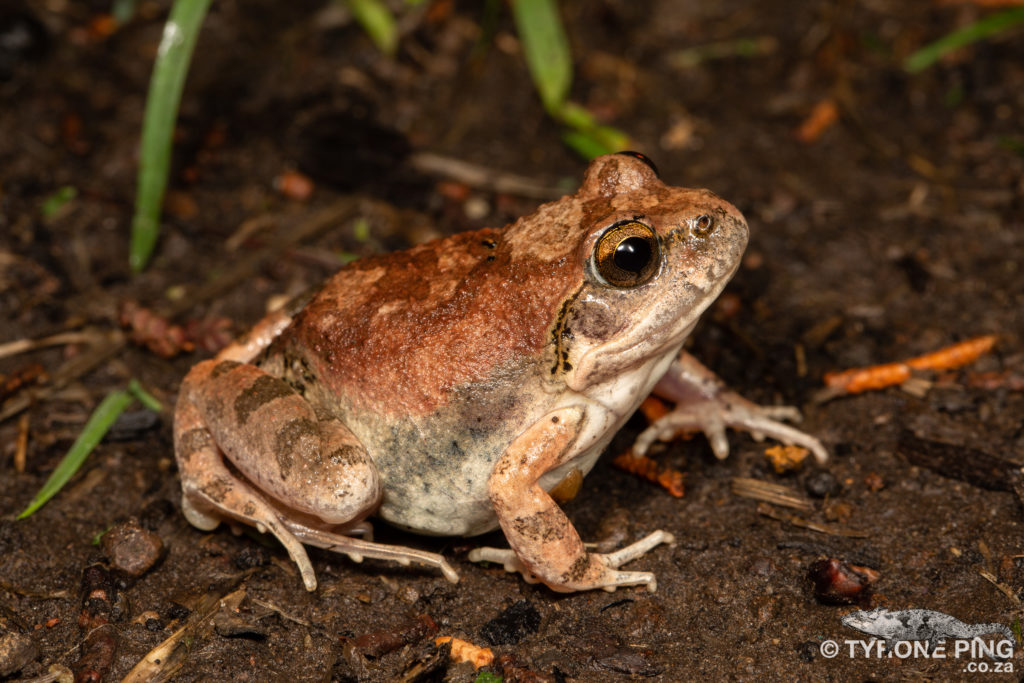
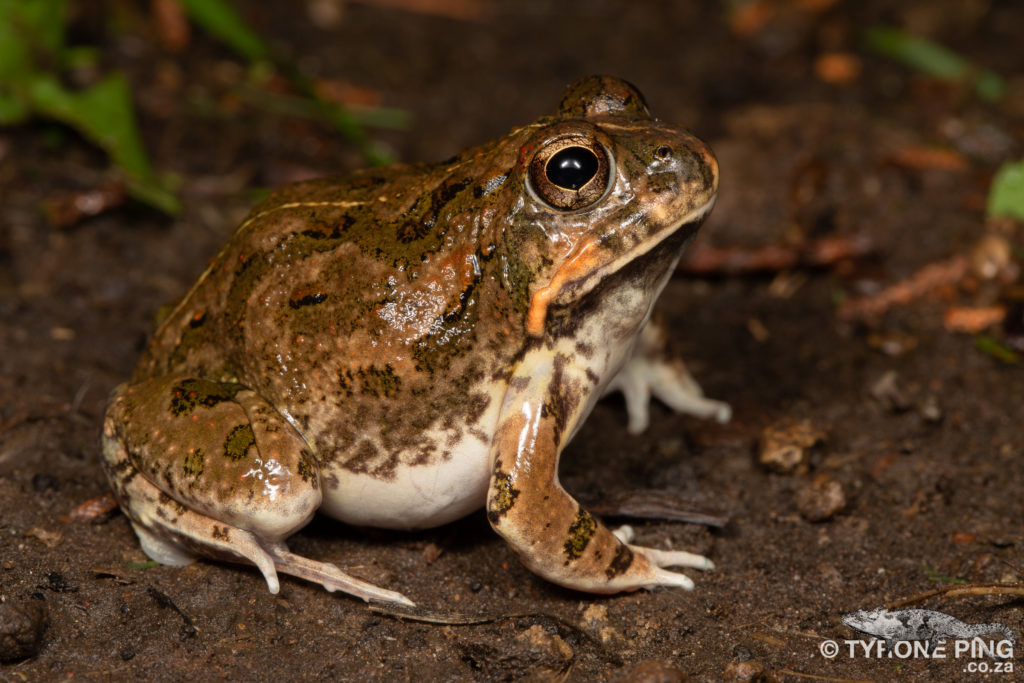
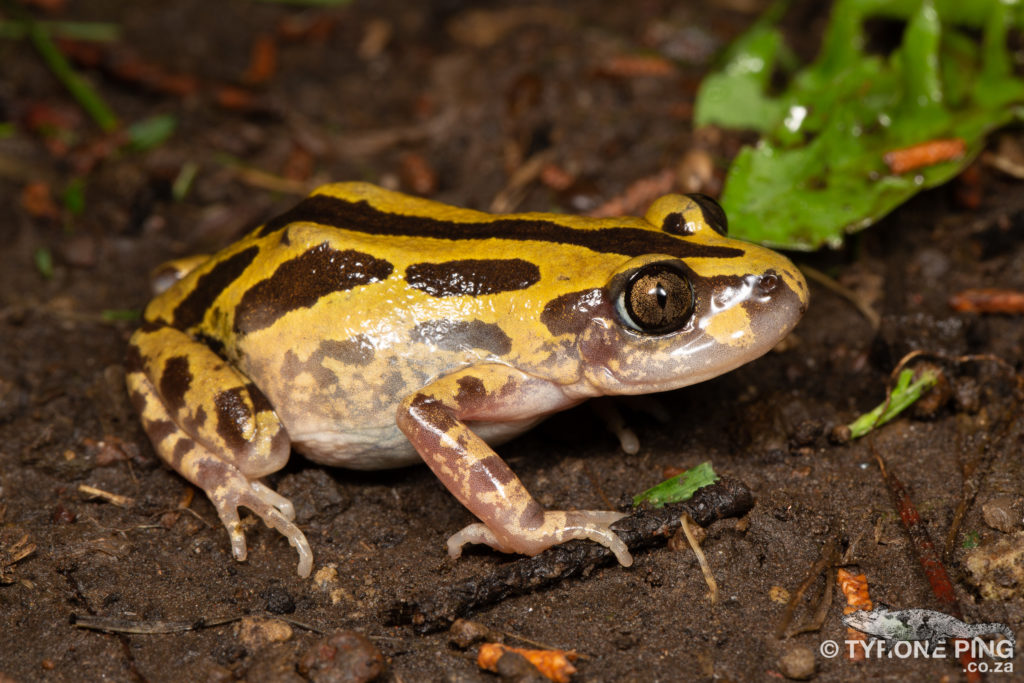
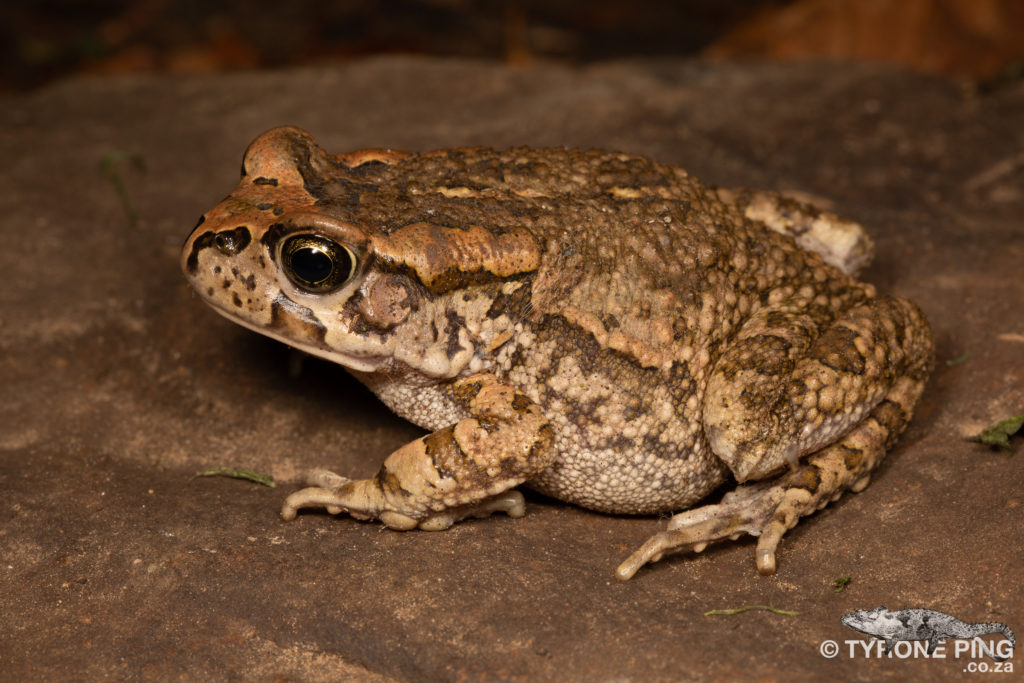
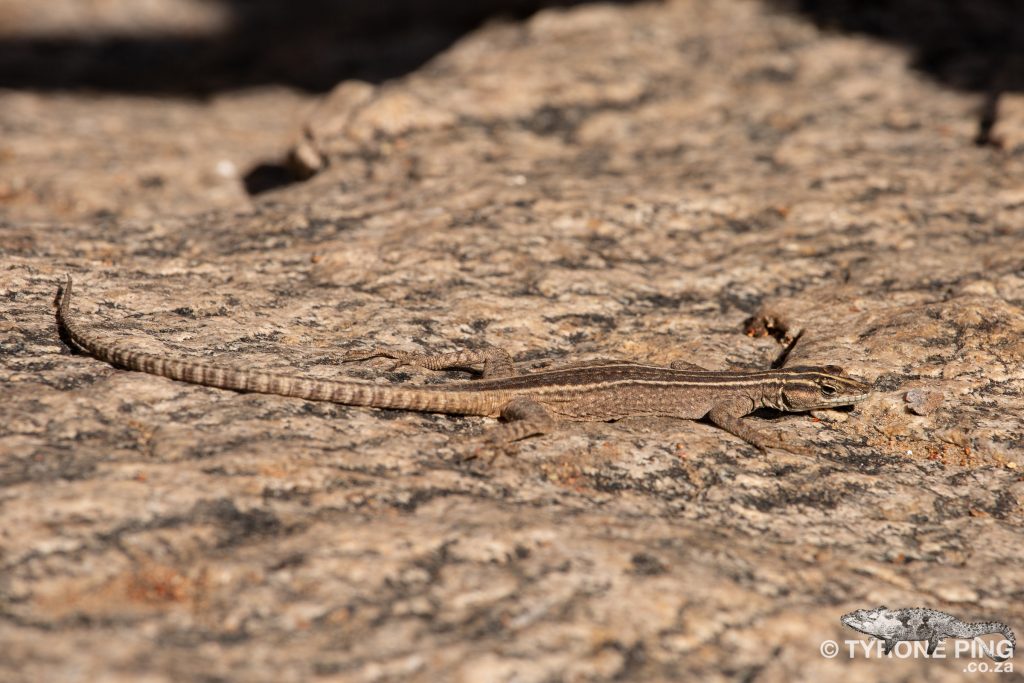
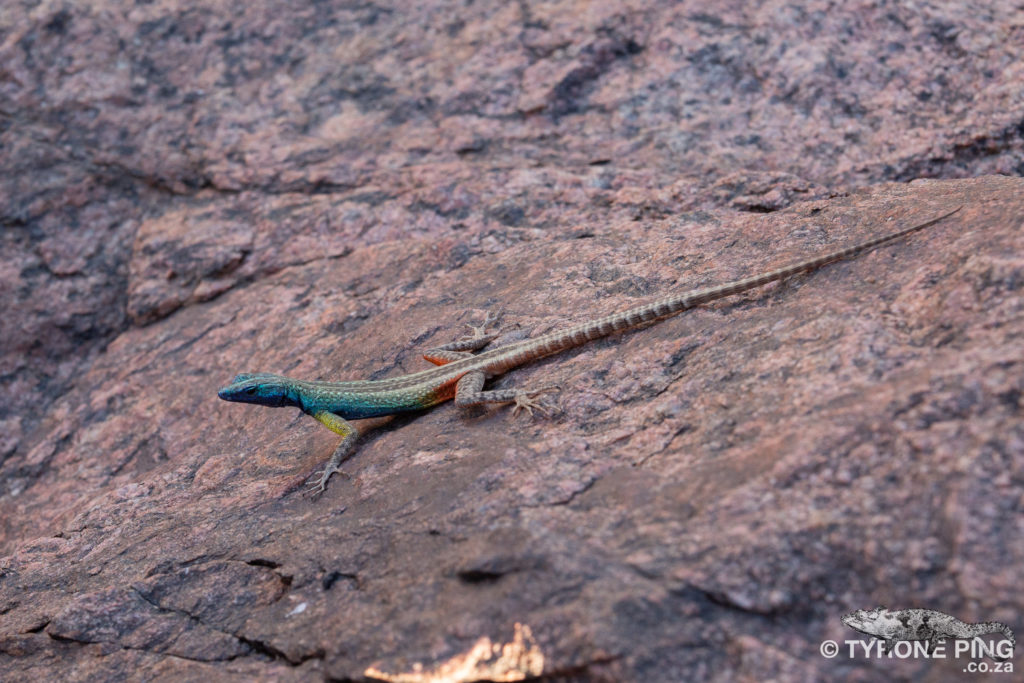
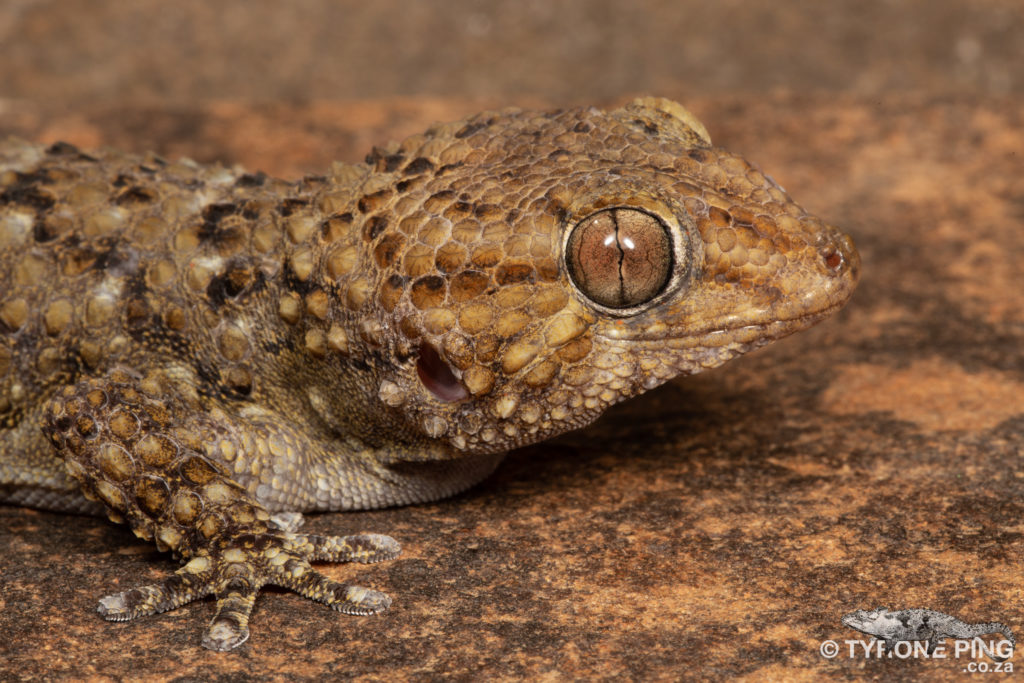
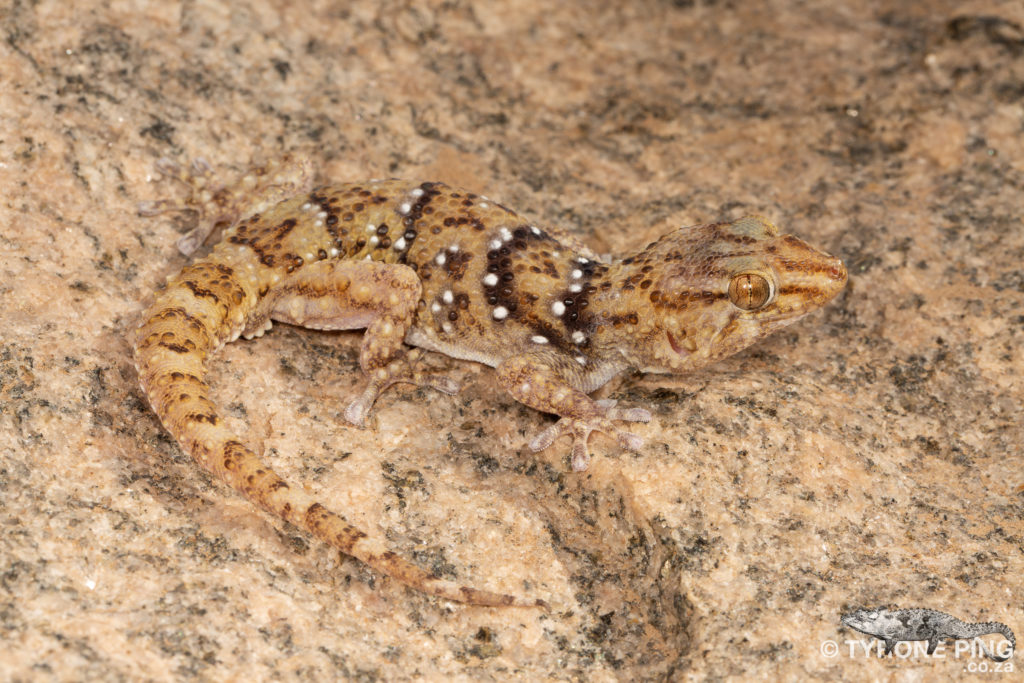
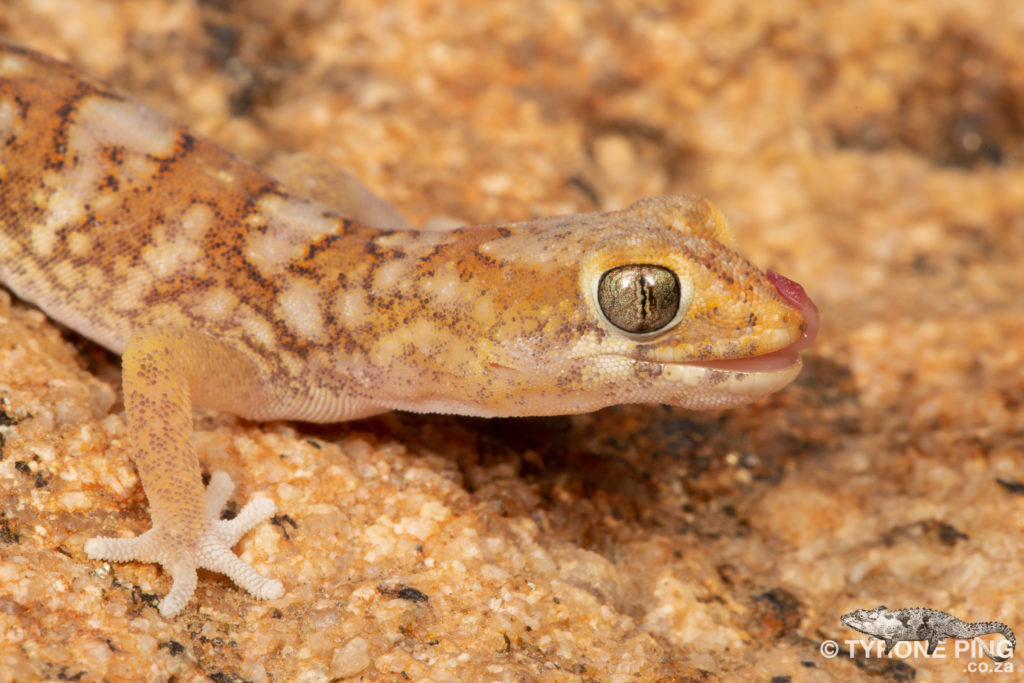
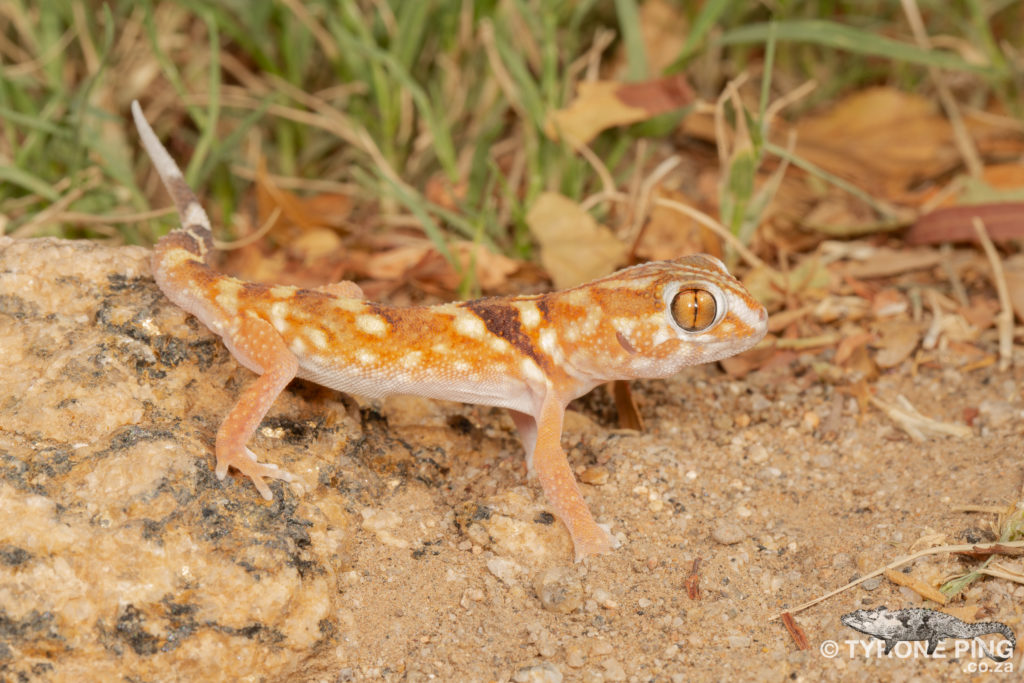
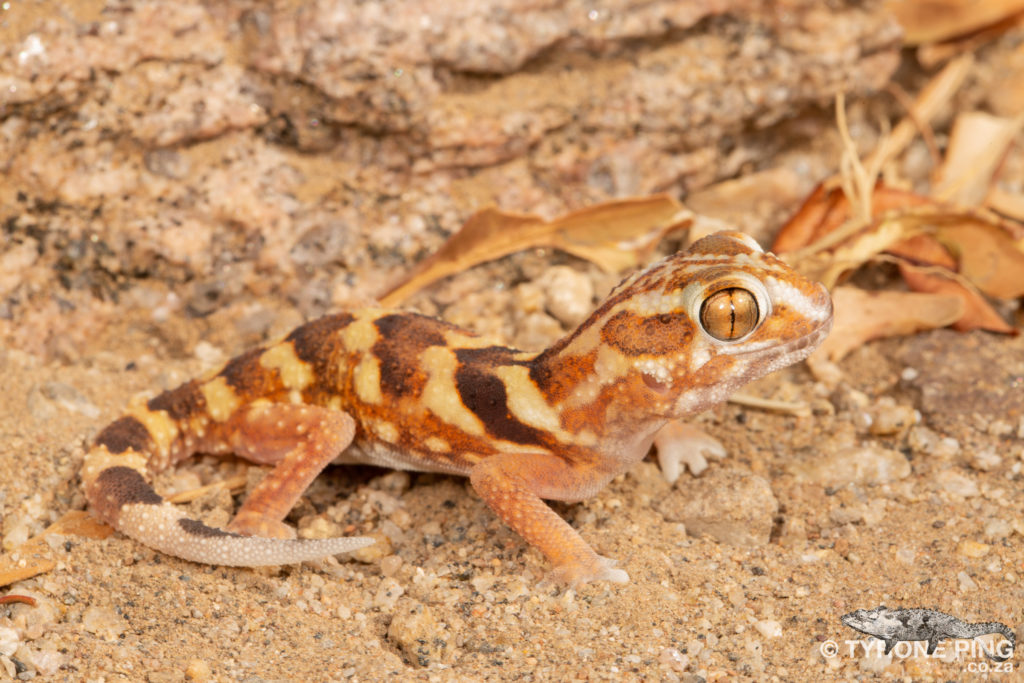

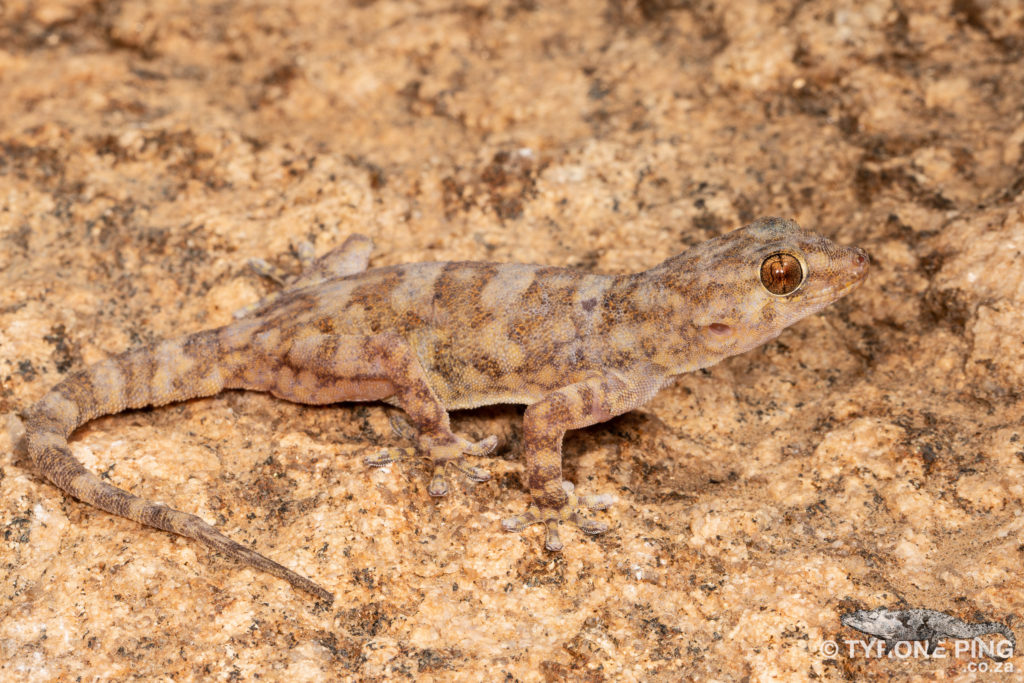
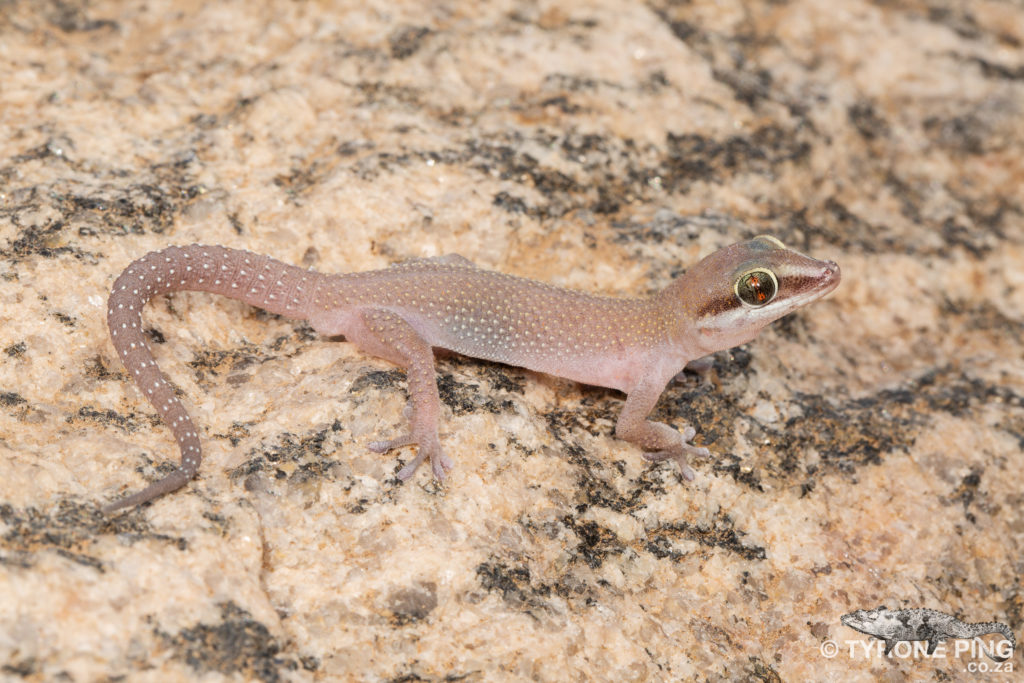
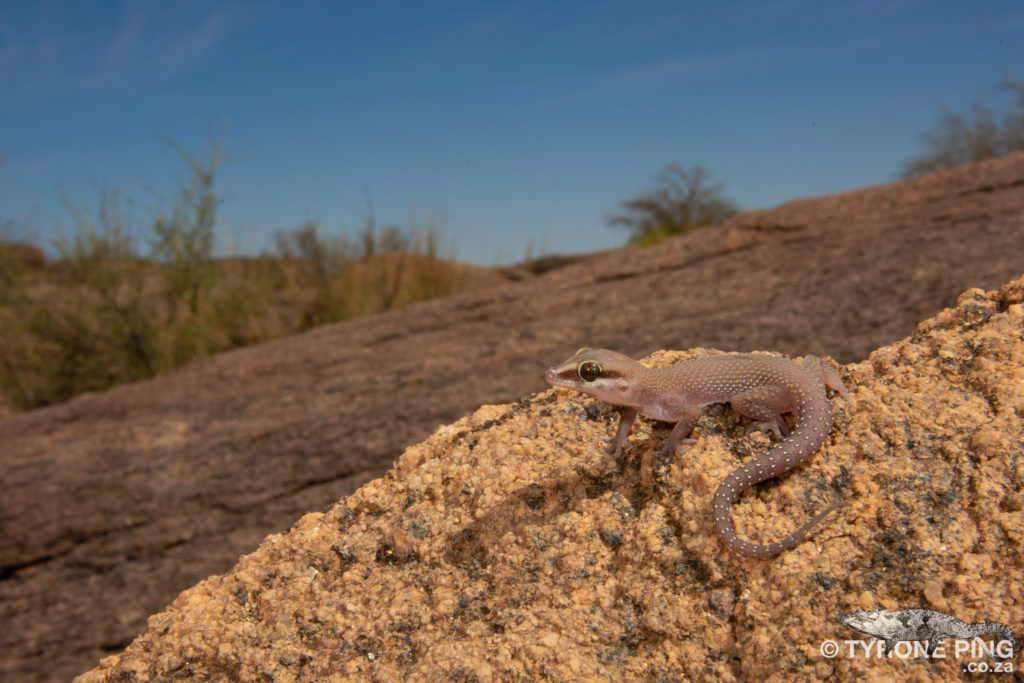
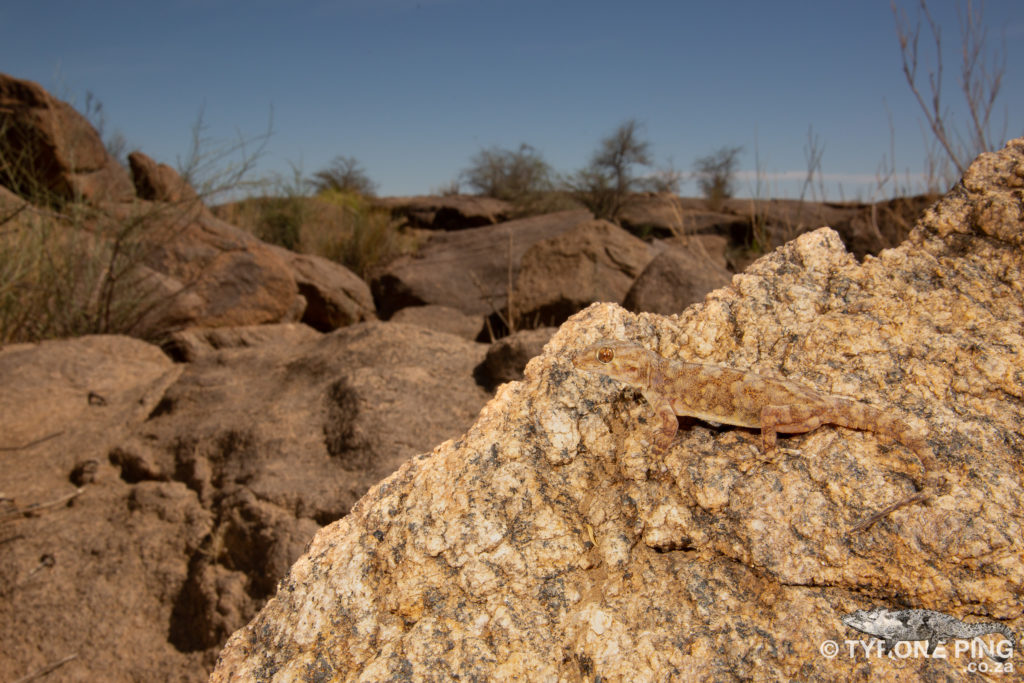
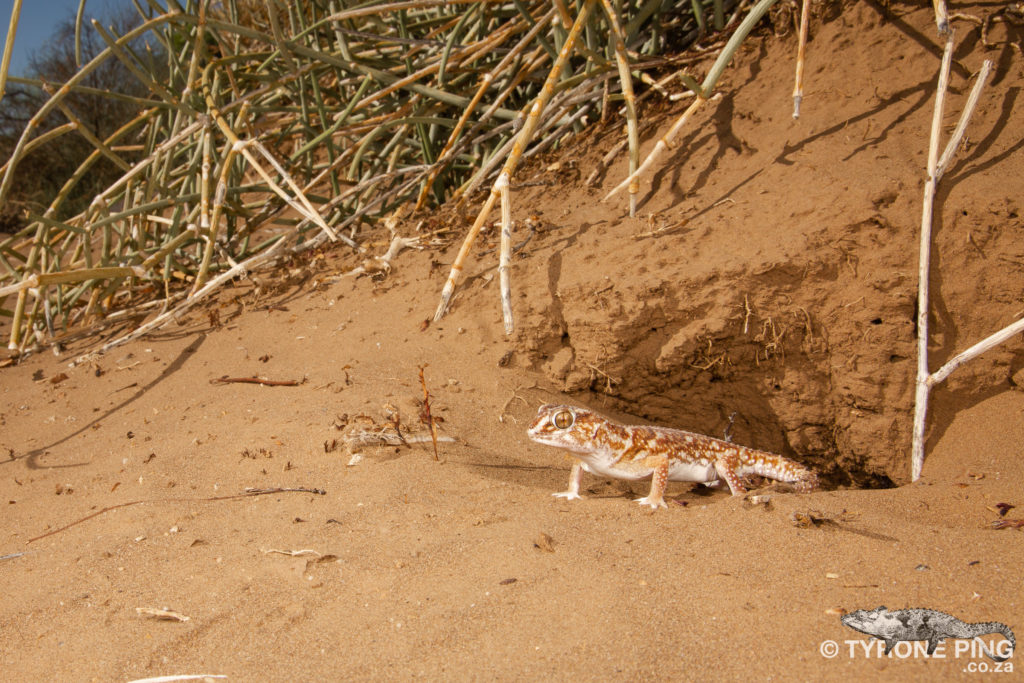
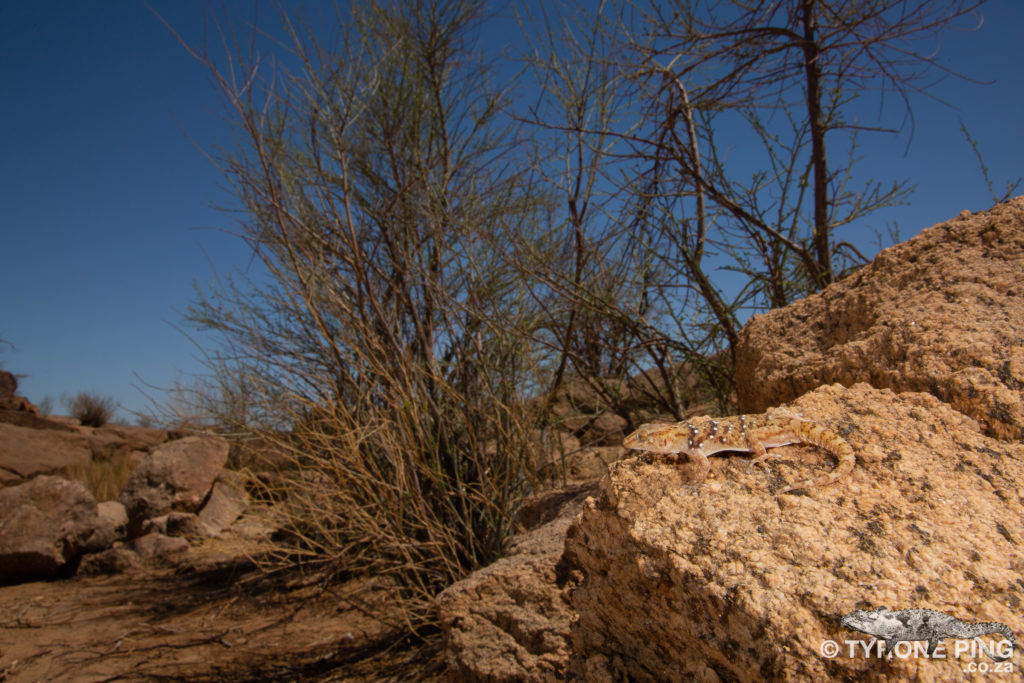
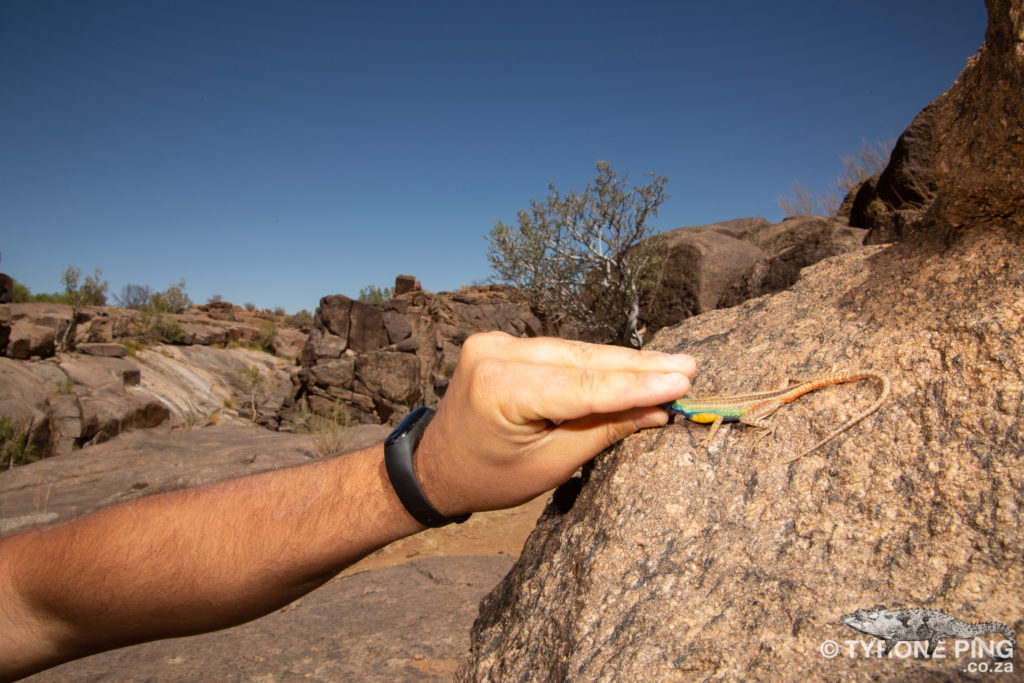
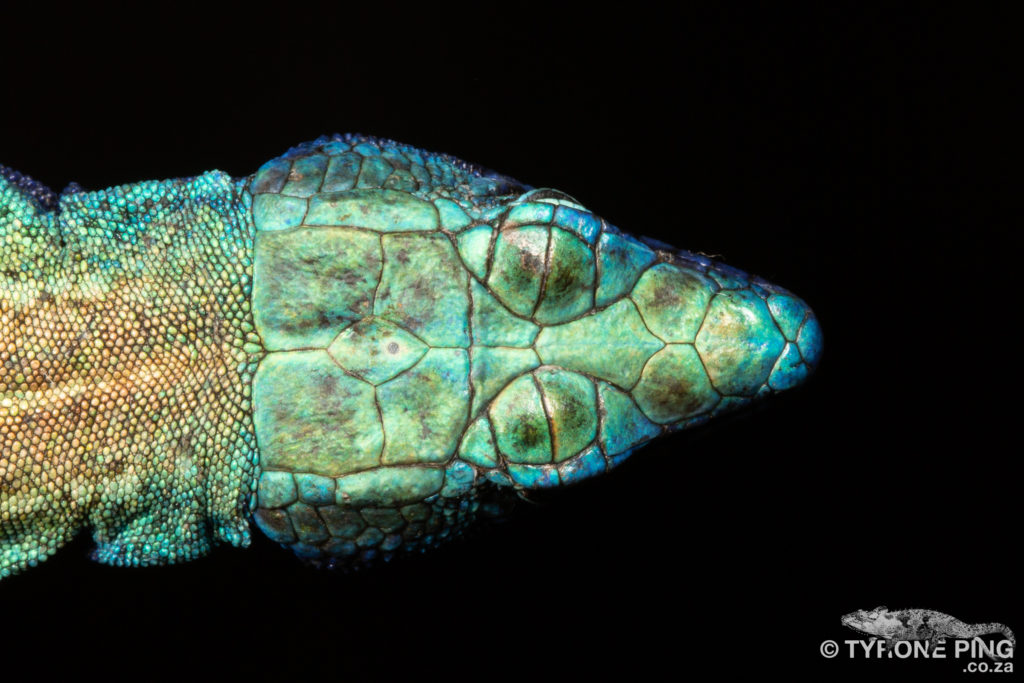
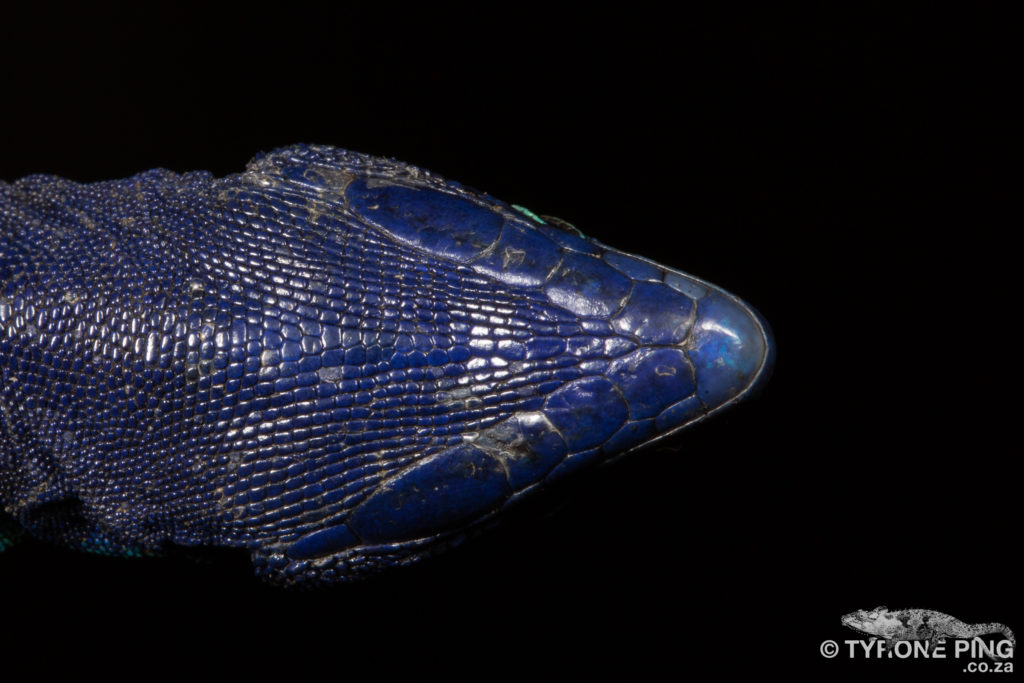
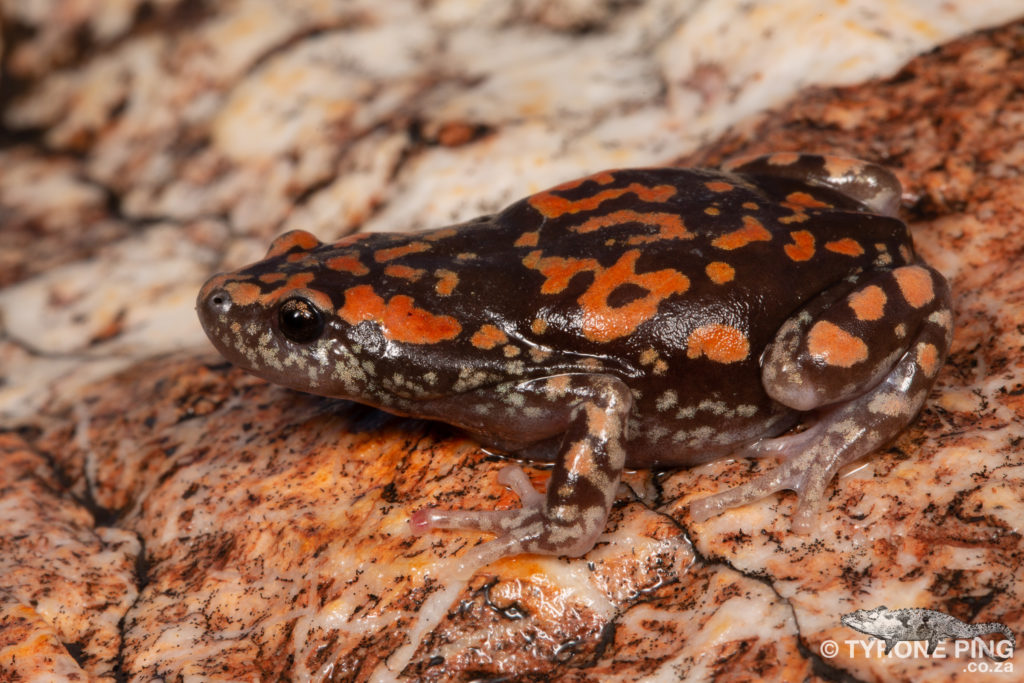
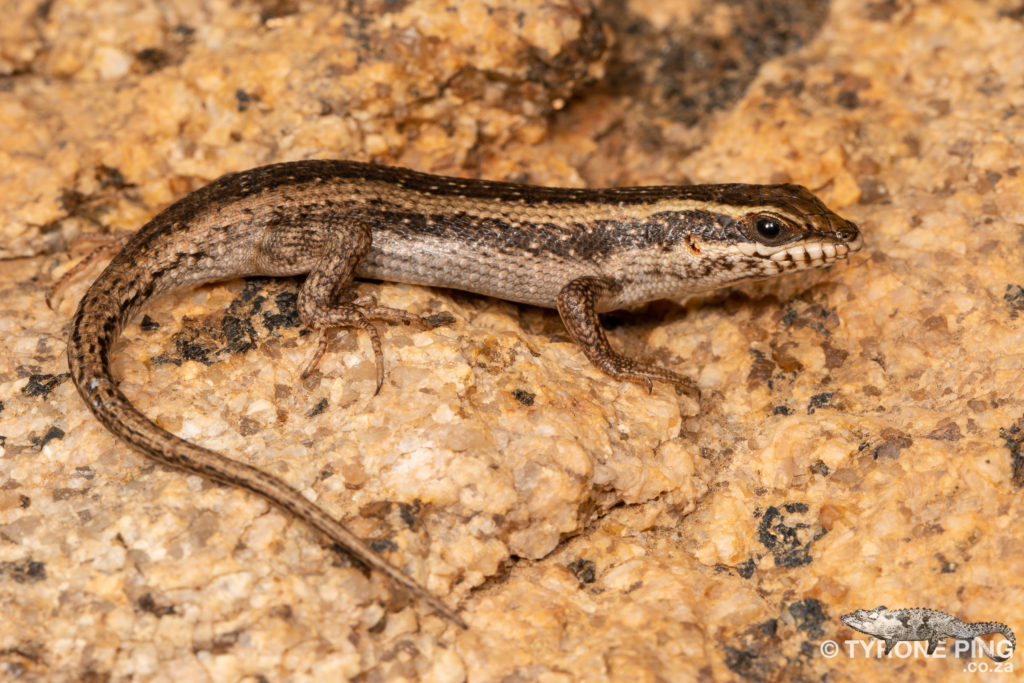
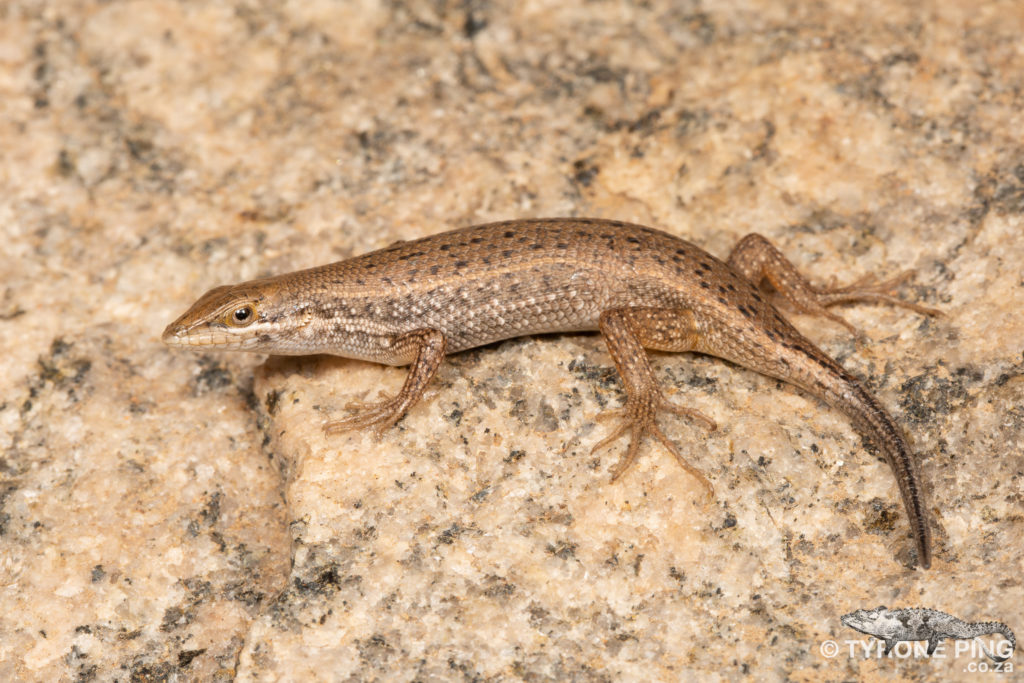
Lekker!
Thanks Lukus!
Thank you for this important and beautiful work you are doing. I am totally hooked.
Stuck in Iraqi Kurdistan – on lockdown, curfew, travel ban – I rediscovered TV 🙂 and came upon an entry about you.
What a delight – and what a nice respite – from regular work and all the virus talk – to savor your photography and revel in nature.
I have had the good fortune to visit 124 countries – many times to South Africa – but only in Madagascar had I seen these tiny creatures. Your work is amazing. Thanks and kind regards, Gina Cinali (nature enthusiast, currently teaching political science. in Kurdistan.
Hi Gina, thanks so much for your positive response. Im glad to hear you enjoyed the post and following my journeys and works.
I really appreciate the support.